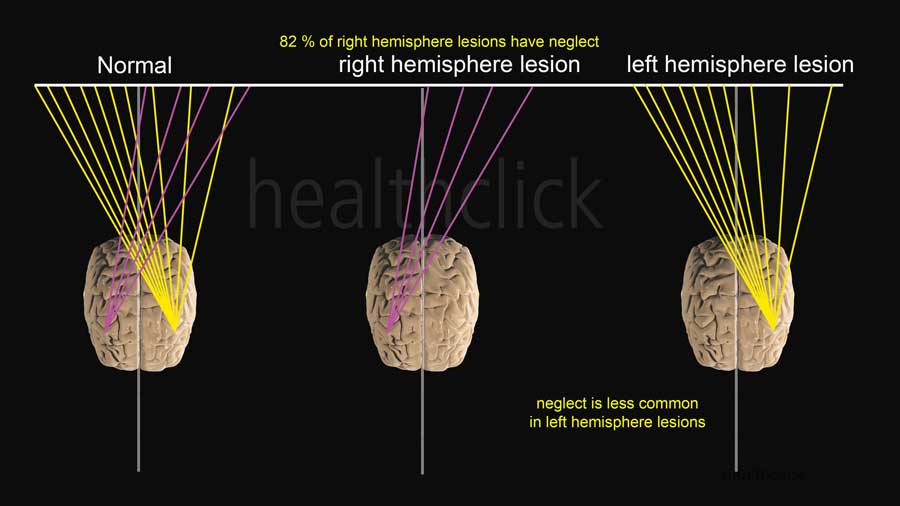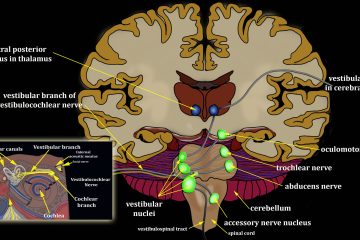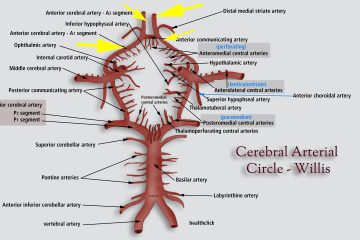Dr. Natasha Rose discusses the complexities of discharge planning in this physical therapy stroke rehab course, Stroke -Understanding Etiology and Developing Evidence-based pathways to Achieve Functional Outcomes. In addition to Dr. Rose’s overview, we have listed excerpts from a few of the PT stroke rehab courses within the Healthclick subscription which promote movement for a successful discharge to a more independent lifestyle.
The current medical system is discharging patients from acute care facilities within a shorter time than in the past. This presents the challenges of re-admission and adverse outcomes if the patient is not properly prepared for discharge with a comprehensive functional plan for success. This PT Stroke rehab course is one component of a series of courses that provides evidence-based information to enhance discharge planning for a safe and effective outcome for the patient.
Decrease Length of Stay – Physical Therapy Stroke Rehab Course
The decreasing length of stay in a stroke patient’s care has impacted their discharge dispositions, their follow-up after they leave, and how they are cared for. We see a decreased length of stay in the acute inpatient rehab unit and even in the acute care stay. After a patient has presented to the emergency department and goes to a stroke unit, they may stay there for three days.
In the inpatient rehab facility, we see stroke patients much sooner than we used to see them, which is good and bad. It’s good because we get these folks up and moving faster, which is great. We find that that is better in terms of outcomes for people. But we also see more medical complications in unmanaged blood pressures, cardiac issues, etc. We have to manage those things in the rehab unit now more than ever.

Progression to a Rehab Unit or Skilled Care for Stroke Rehab
As far as discharge disposition is concerned, after having been in a rehab unit for a prolonged period, many of them were able to go home and be cared for within the home. They learned many techniques and things they needed to know to care for themselves and have family members care for them as well.
Now it’s a bit of a rush game. We have to get people in, and from the day they come in, we start talking about discharge planning and how to train family members. Just as we have been taking in stroke patients earlier, the family members are taken in stroke patients earlier. They also deal with many medical issues that we might even deal with in the rehab unit.
Some patients can’t get back home, so we have to look at other levels of care for them, including skilled nursing facilities or assisted living facilities, and so we see discharges to those places.
Absolute Tasks to Accomplish Before Discharge from Acute Inpatient Care
Dr. Laura Wiggs discusses absolute tasks in this Physical Therapy Stroke Rehab Course that should be accomplished before acute care discharge to prepare the patient for transition. Information is taken from the PT stroke rehab online course, Stroke -Understanding Etiology and Developing Evidence-based pathways to Achieve Functional Outcomes.
Additional PT Stroke Rehab Courses that Contribute to the Comprehensive Training Needed for Successful Discharge Plans
Learn about our All Access Annual Subscription
PT stroke rehab course: Balance and Falls in The Elderly Population. “We’re going to talk about a review of the effects of aging and pathology and how it affects the limitations on activities and participation. We’re going to talk about the comprehensive evaluation and all the different pieces that we need to do to be able to formulate that intervention plan so that it’s successful for that patient.
PT stroke rehab course: Applying the Principles and Philosophy of PNF to Enhance Gait, “We want to remember that patients need to step sideways in function, so it’s a task we should train our patients to do. In addition, it’s an excellent exercise for the abductor muscles.”
PT stroke rehab course: Stroke Achieving Functional Movement in the Home Bound Patient, “What I’ve found with working with our geriatric patients is that if I go back to basics, it seems to make everything a lot easier. That’s part of the reason that I like to use the developmental sequence to treat our patients. It kind of goes back to baseline, how to perform the prone and supine progression with the older population and to break it down into simple activities, addressing the patient’s base of support and the mobility, stability, and skill that a patient needs with each activity.”
Physical Therapy Stroke Rehab Course References
Grenier A, Viscogliosi C, Delli-Colli N, et al. The Performance Assessment of Self-Care Skills to Predict Adverse Events Post-Discharge. Canadian Journal of Occupational Therapy. 2022;89(2):190-200. doi:10.1177/00084174221084459
Preyde M, Brassard K. Evidence-based risk factors for adverse health outcomes in older patients after discharge home and assessment tools: a systematic review. J Evid Based Soc Work. 2011 Oct 26;8(5):445-68. doi: 10.1080/15433714.2011.542330. PMID: 22035470.
rovencher V, D’Amours M, Menear M, Obradovic N, Veillette N, Sirois MJ, Kergoat MJ. Understanding the positive outcomes of discharge planning interventions for older adults hospitalized following a fall: a realist synthesis. BMC Geriatr. 2021 Jan 29;21(1):84. doi: 10.1186/s12877-020-01980-3. PMID: 33514326; PMCID: PMC7844968.


